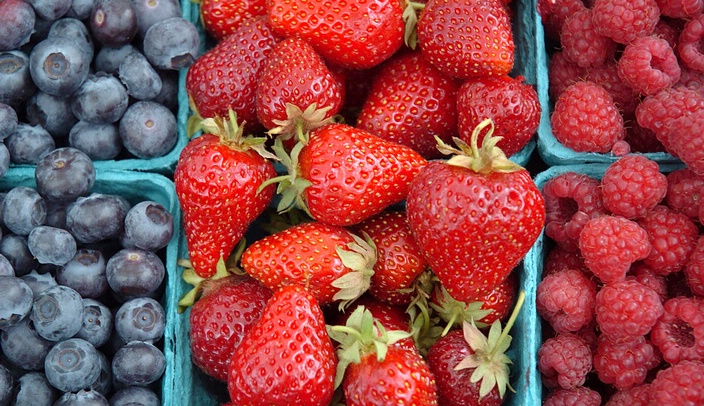So, did you make any New Year’s resolutions? Was one of them to eat more fruits and vegetables? Did you go to the store and come home with armloads of leafy greens, roots and fruits to start the New Year right?
Are they still there, slowly rotting in the crisper? Mine are. When you’re home from work, starved and putting dinner together, what do you reach for — the bag of chips on the counter, or the limp hairy carrot at the bottom of the fridge? Be honest, now.
The
Natural Resources Defense Council (NRDC) calculates that we waste 50 percent more food than we did in the 1970s. I certainly do. Food waste happens at every step of the farm-to-landfill journey, but let’s talk about waste at the consumer stage, because that’s what I’m good at.
For instance, I buy a bin of spinach at Costco every week, to hide in my breakfast smoothies. But I’ve been eating oatmeal, so the spinach rots from fridge to compost. Then, thinking of smoothies, I buy more.
The NRDC lists several factors contributing to consumer food waste: Low prices encourage us to buy more than we need. Food spoils due to improper storage and poor visibility in refrigerators. We misjudge our food needs. We buy impulsively and in bulk. We fail to plan. We prepare more food than we need.
I personally blame refrigerators, those deep, cold caverns in which leftovers sneak to the back and develop from cultures into civilizations. I want two side-by-side drawers at waist height, deep enough to accommodate an opened bottle of wine, one for chilling, and one for freezing. I want to see everything at once.
It’s fun to be seduced by perky tips to improve our lives, but let’s be honest. Do you like to cook? Do you have time to cook? If you eat out a few times a week, don’t shop as if you plan to cook every night. Buy what you’ll eat. If you plan to snack on vegetables, make it easy and don’t buy the chips.
When you cook, don’t double the recipe if you don’t eat leftovers. Buy in bulk the items that you eat regularly and that won’t spoil quickly. When produce begins to wilt, chop and freeze the good parts for future dishes. Finally, eat real food — food you recognize, not stuff engineered to look like food.

You can freeze your greens for future smoothies. No need to waste if you can plan and prepare ahead. Ziploc bags and a few minutes of time is all it takes 🙂